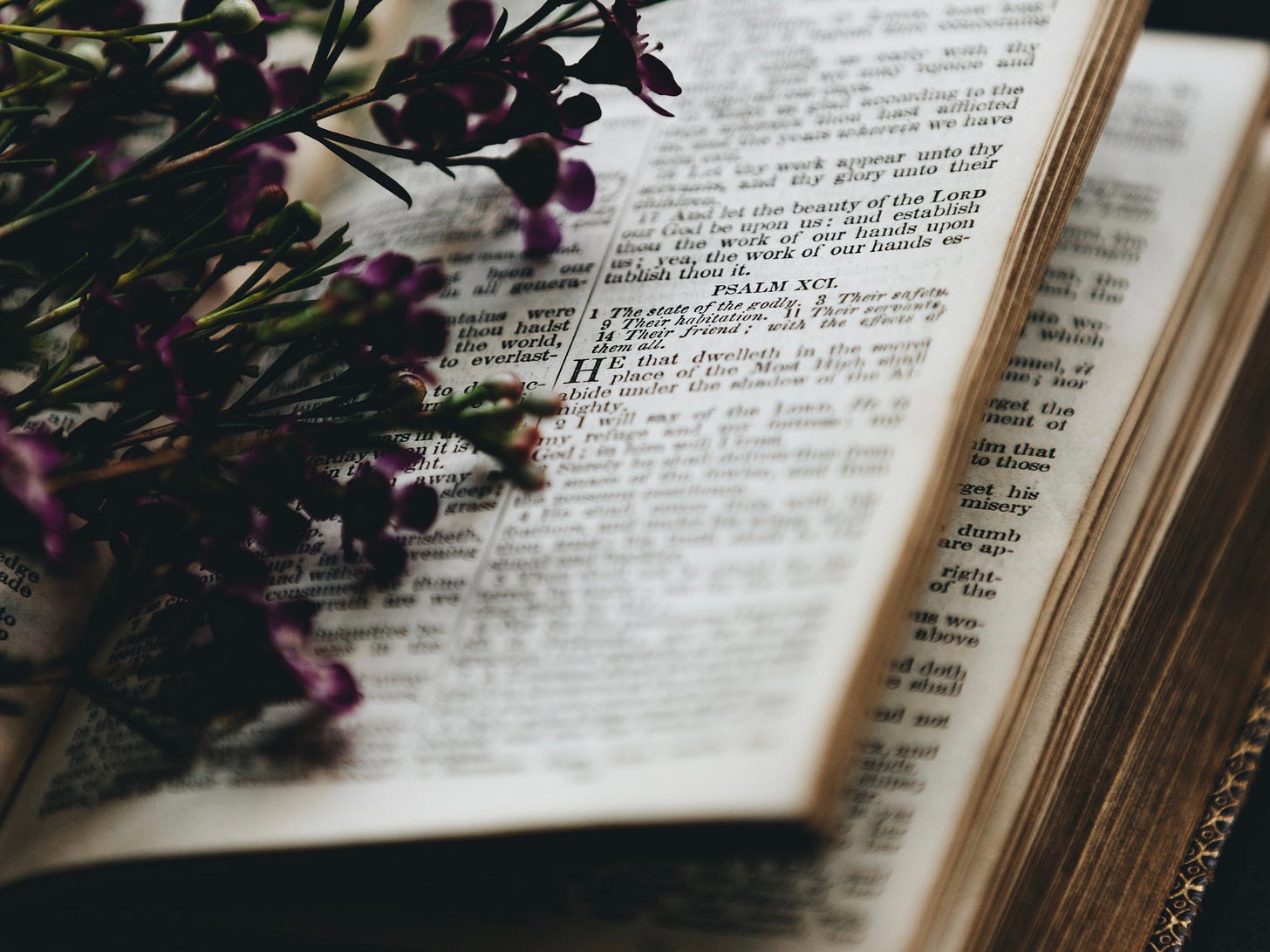Sigils in Jewish Magickal Practice
Introduction to Ketzirah’s approach and sources for creating sigils for Jewish witches and witchy Jews.
"Although the letters are best known as they are written down physically, they actually also represent spiritual forces. Through various combinations of the letters, the spiritual forces associated with them are brought together in various effective combinations. These spiritual forces are the “letters with which he…
Keep reading with a 7-day free trial
Subscribe to Making Magic/k/q to keep reading this post and get 7 days of free access to the full post archives.

